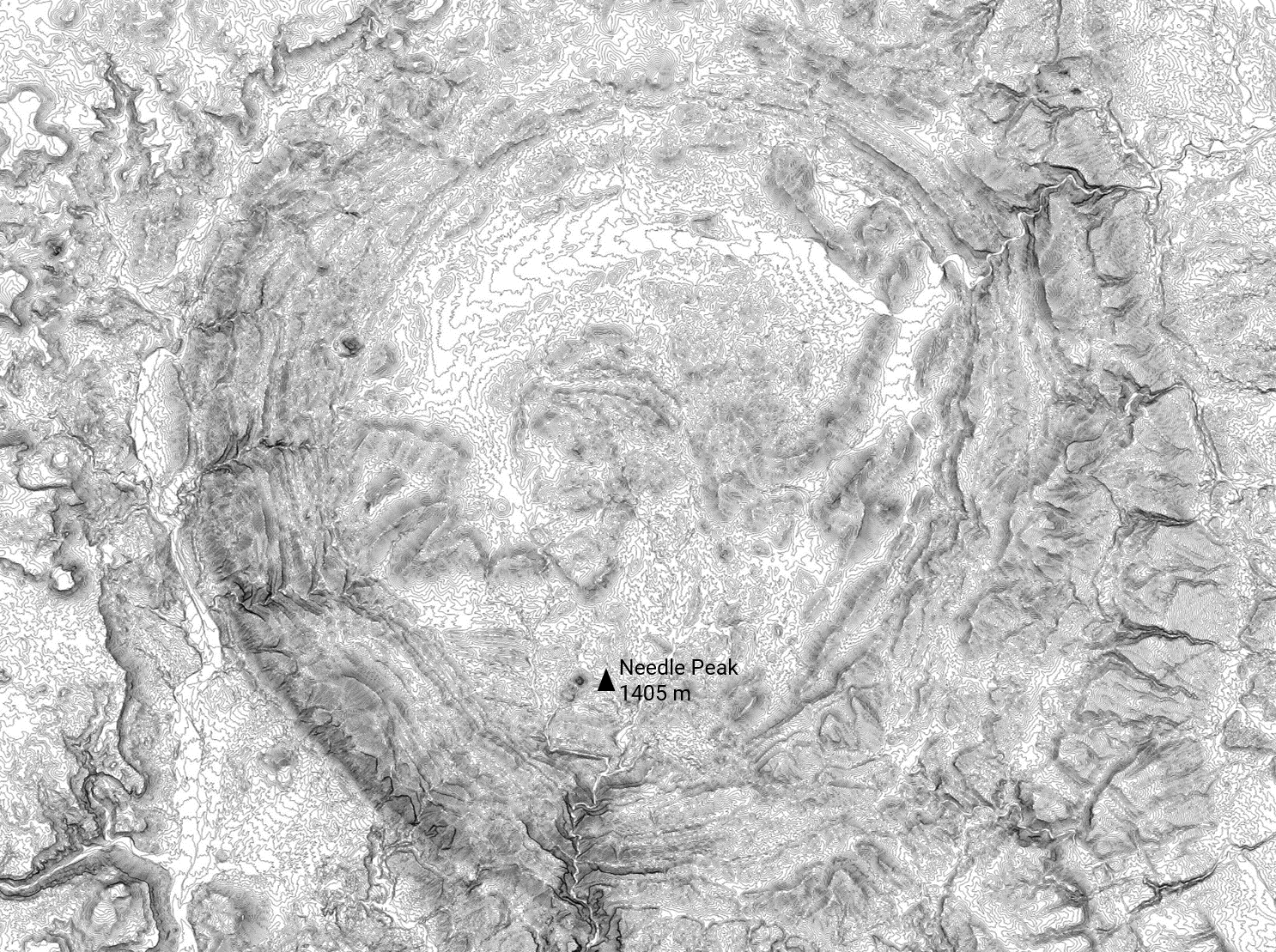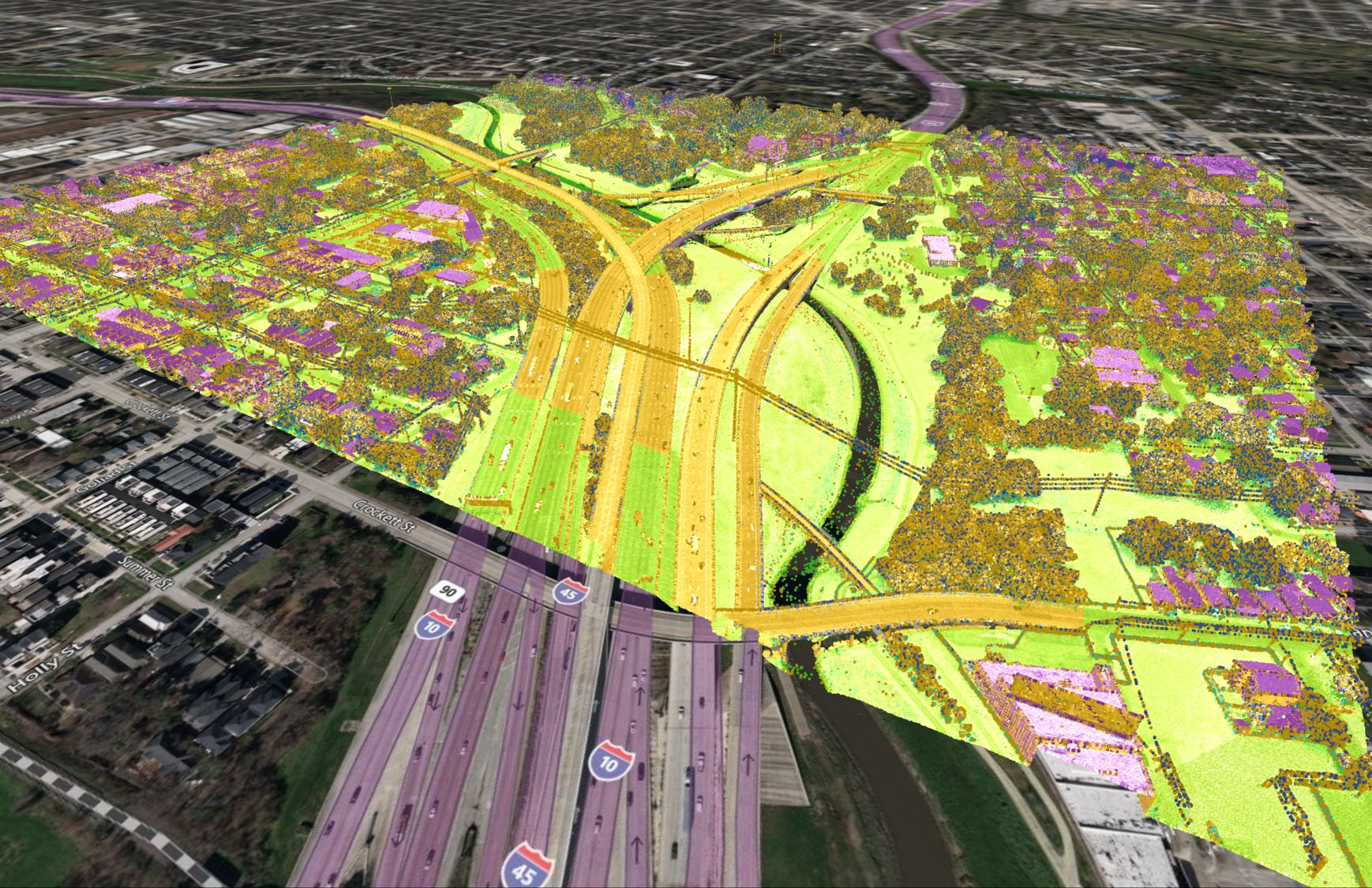Land Surveying Accuracy
Introduction
Land surveying is a crucial field that involves the measurement and mapping of land and other physical features. Accurate land surveying is essential for a variety of purposes, such as determining property boundaries, creating topographic maps, and supporting the construction of buildings and infrastructure. The role of accuracy in land surveying cannot be overstated.
Factors that affect land surveying accuracy
There are several factors that can affect the accuracy of land surveying measurements. One major factor is the equipment used. Modern surveying techniques often rely on technology such as total stations and GPS, which can be affected by various sources of error. For example, total stations may be affected by temperature changes, while GPS signals can be disrupted by atmospheric conditions or interference from other sources.
Other factors that can impact the accuracy of land surveying include weather conditions, terrain and vegetation, and human error. For instance, heavy rain or snow can make it difficult to obtain accurate measurements, while dense forests or rugged terrain can obstruct the line of sight of surveyors. Human error can also be a factor, whether due to misjudgments or mistakes made in the field or in the processing of data.
Techniques to improve land surveying accuracy
To improve the accuracy of land surveying, there are several techniques that surveyors can use. One approach is to use multiple survey methods, such as combining GPS with traditional surveying techniques, to cross-check and verify measurements. Quality control measures, such as regularly calibrating equipment and reviewing data for errors, can also help to improve accuracy. Additionally, training and certification programs can ensure that surveyors have the necessary skills and knowledge to carry out their work accurately.
Real-world examples of the consequences of inaccurate land surveying
The consequences of inaccurate land surveying can be significant. Inaccurate measurements can lead to boundary disputes, as property owners may disagree on the location of their boundaries based on different survey results. In construction projects, inaccurate surveying can result in errors that can have costly consequences, such as buildings being built on the wrong site or not being properly aligned. Inaccurate surveying can also have environmental impacts, such as when development projects encroach on protected areas or disrupt natural habitats.
Conclusion
In conclusion, the accuracy of land surveying is crucial for a variety of purposes, and ongoing efforts are needed to improve and maintain it. By using advanced equipment, implementing quality control measures, and ensuring the skill and knowledge of surveyors, we can ensure that land surveying measurements are as accurate as possible.








